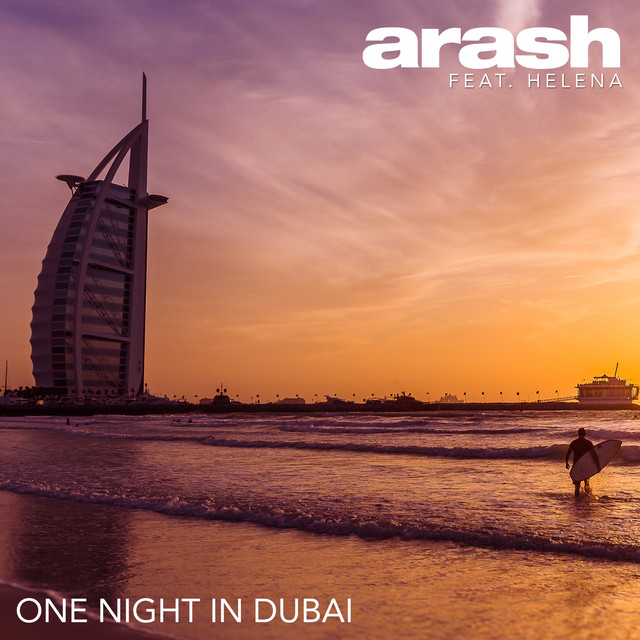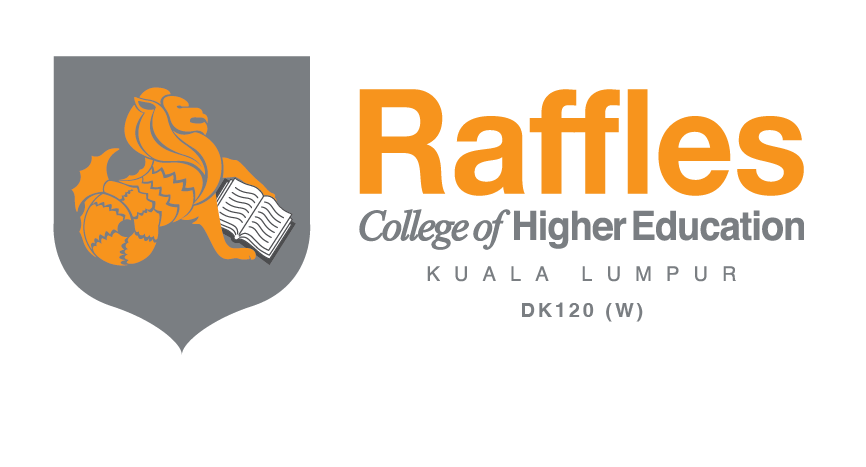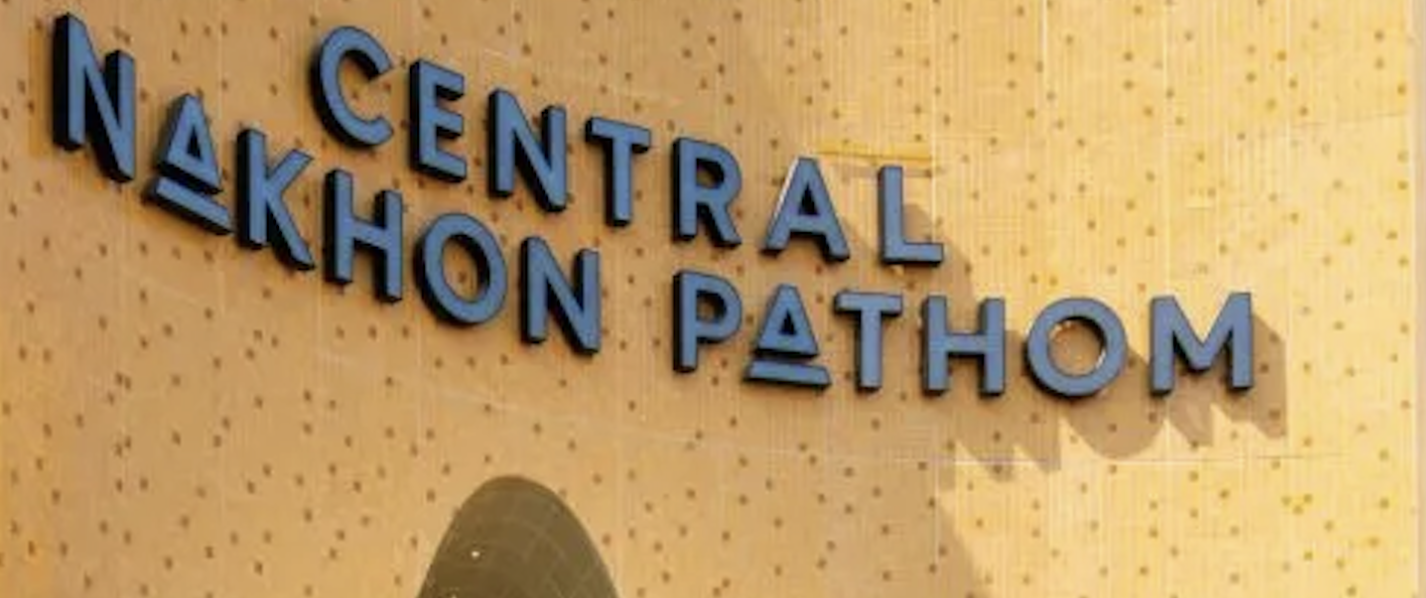
Why Music Works for TravelSongs have a unique ability to stir emotions and trigger memories. A chorus that narrates theessence of a city or celebrates its vibe instantly becomes a branding tool. Music has the power toreshape how people perceive places and inspire them to travel. For instance, ballads that evokenostalgia or pop songs that ignite excitement. The impact is even more profound when a musicvideo showcases famous places, nightlife, or cultural icons.
Music as a Way to Promote
Tourism Around the WorldA great example is Arash’s hit song “One Night in Dubai,” which features Helena.Although it’s not an official campaign, it portrays Dubai as a glamorous and luxuriousplace to go out at night, which helps enhance the city’s brand. The town itself also loved Taylor Swift’s “Welcome to New York,” and she was namedNew York’s Global Welcome Ambassador.Steve Karmen wrote the famous “I Love New York” jingle on purpose for the state’sofficial tourism campaign. It is still renowned decades later. As part of a tourism push,London also used the power of music with Shirley.Bassey’s song “There’s No Place Like London.”Destination NSW paid for “Sydney to Me,” which was also recorded in Mandarin toappeal to Asian tourists.The “Feel the Rhythm of Korea” campaign from South Korea utilised a blend oftraditional and modern music, dance, and iconic locations to achieve global viral success.Nashville calls itself “Music City” and boasts festivals, live music venues, and touristpackages that are all tied to its rich musical history. As part of their cultural branding, both Rio de Janeiro and Montréal have established livemusic infrastructures. Even smaller places, such as Sumba Island in Indonesia, have utilised music videos like”Welcome to Sumba Island” to promote their tourism.
Dangers and Problems
Songs can help make a place more visible, but they can also be dangerous. Cities don’t havemuch control over how their brand is shown if the song isn’t officially commissioned. Too muchfocus on nightlife or luxury can make a one-sided picture, and fake representations can turn offlocal communities. A single viral hit may also fade quickly if it isn’t part of a larger, ongoingcampaign.
To make the most of music in tourism marketing, destinations should: • Work with artists, songwriters, and record labels to make sure that music fits with their branding goals.• Put together songs with music videos that are full of pictures of local culture and landmarks.• Add songs to festivals, live events, and experiences that help people remember the city.• Keep campaigns relevant by adding new releases or remixes.• Get musicians and people from the area involved to make sure it’s real.• Use streaming data, sentiment analysis, and social media to keep track of engagement.
From Soundtrack to Plan
In the end, music can make a place more than just a place; it can transform it into an experiencethat people can listen to, remember, and cherish. Songs can be the soundtrack of cities,combining culture and branding in a way that regular ads can’t. Our Tourism and ManagementProgram at Raffles explores these innovative ideas. We teach future tourism leaders how to makedestinations resonate not just in pictures, but also in sound. We achieve this through initiativessuch as sonic branding, experiential marketing, festival tourism, and cultural heritage promotion.
References
Baiocchi, A., Dantas, D. C., de Paula Pessôa, L. A. G., & Colbert, F. (2024). Cultural brandingof cities: The role of live music in building a city’s brand. Cultural Trends, 34(43).
Fan, Y., et al. (2023). How folk music induces destination image: A synthesis. Journal ofDestination Marketing & Management.
Mazlan, C. A. N., Abdullah, M. H., Nor Hashim, N. S., & Abdul Wahid, N. (2025). Music incultural tourism: Insights from a dual approach of scoping review and bibliometric analysis.Humanities and Social Sciences Communications, 12, 525.
Runghirun, M., & Intarot, W. (2023). Community-based tourism management using creativemarketing of music business. International Journal of Sociologies and Anthropologies ScienceReviews, 3(4), 221-228.
The Mastering of a Music City. (2020).IFPI. Retrieved fromhttps://www.ifpi.org/wp-content/uploads/2020/07/The-Mastering-of-a-Music-City.pdf
Understanding Tourism Destination through Music: Digital Engagement Discourse Based onSentiment Analysis Approach. (2024). ResearchGate.
Welcome to New York (song). (n.d.). In Wikipedia. Retrieved September 29, 2025, fromhttps://en.wikipedia.org/wiki/Welcome_to_New_York_(song)
I Love New York. (n.d.). In Wikipedia. Retrieved September 29, 2025, fromhttps://en.wikipedia.org/wiki/I_Love_New_York
There’s No Place Like London. (n.d.). In Wikipedia. Retrieved September 29, 2025, fromhttps://en.wikipedia.org/wiki/There%27s_No_Place_Like_London
Sydney to Me. (n.d.). InWikipedia. Retrieved September 29, 2025, fromhttps://en.wikipedia.org/wiki/Sydney_to_Me
Feel the Rhythm of Korea. (n.d.). In Wikipedia. Retrieved September 29, 2025, fromhttps://en.wikipedia.org/wiki/Feel_the_Rhythm_of_KoreaSpotify.
(2025).OneNightinDubai[Album cover]. Spotify.https://open.spotify.com/track/0AmwmAEOgm11kXiaL9jHOZ







